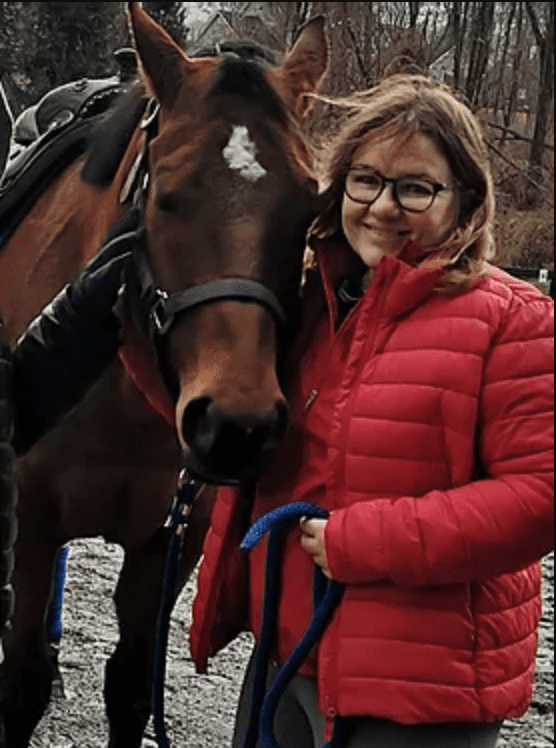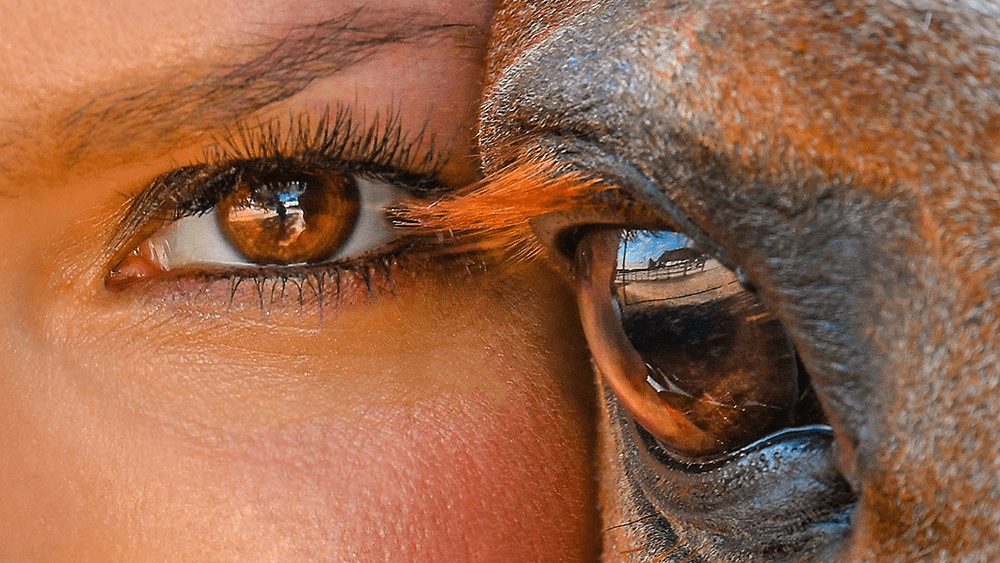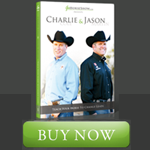A good horse can seem like a well-oiled machine, making it easy to lose sight that they are sensitive creatures and are dependent on their rider to keep them safe. Most riders have struggled with nerves or frustration at some point without realizing the significant impact it can have on their equine partner.
While these feelings are a completely natural response to the challenges of training and competition, recognizing and mitigating them can drastically improve a rider’s relationship with their horse. Practicing mindfulness and self-awareness around horses can be a first step in forming a stronger partnership and enhancing performance.
How can riders be more mindful of how they interact with their horses to better results in the show ring? We spoke with a licensed psychotherapist, Inna Danieli, LCSW, and AQHA Professional Horseman, Donna Lombardi, to shed some light on the interconnectedness of rider and horse minds.
Speaking from the Heart
Psychotherapist Inna Danieli specializes in Equine-Assisted Therapy and is acutely aware of the horse’s ability to sense human emotions. As Inna puts it, “horses are herd animals, and their survival depends on effective communication among the herd’s members.”
 This communication is achieved through electromagnetic fields generated through their circulatory system. Electromagnetic fields are also emitted by the human heart, so people continuously transfer messages to their horses, whether they are aware of it or not.
This communication is achieved through electromagnetic fields generated through their circulatory system. Electromagnetic fields are also emitted by the human heart, so people continuously transfer messages to their horses, whether they are aware of it or not.
“If you are in a good mood, your heartbeat is calm, and you project positive, non-threatening energy to your horse, the horse has no reason to be on alert,” she says.
Alternately, a rider who is distracted or worried could be inadvertently sending predatory signals to their horse, causing his fight or flight response to kick in.
As Inna puts it, “Horses are natural biofeedback scanners, and they feel safe when the rider is fully present in his/her mind and breathing accordingly.”
AQHA Professional Horseman Donna Lombardi has over 35 years of experience coaching riders and training show horses. She adds, “It takes an exceptional horse to take a nervous rider over and over again into the show ring. Eventually, that horse will learn that when they go into the arena, their rider is nervous, and they have a reason to be afraid too.”
It directly benefits the horse’s mindset when its rider maintains steady breathing and a calm heartbeat.
Following the Leader
 A horse depends on clear, effective communication and leadership from its rider to do its job. Nerves and distraction can often get in the way of accurately executing cues.
A horse depends on clear, effective communication and leadership from its rider to do its job. Nerves and distraction can often get in the way of accurately executing cues.
Lombardi elaborates on the signs of a horse that is struggling with signals from its rider. “The horse may be grinding its teeth, wringing its tail, stopping, spooking, rearing, or kicking at the rider’s leg in frustration.” She adds, “A horse performs much better feeling a rider that is focused on their ride, with a relaxed seat, hands, and legs.”
Being mindful of how and what we are asking of a horse can make all of the difference. “It is your clear intent, with a full belief in your ability to accomplish the task, that moves the horse,” says Inna.
Inna also highlights the importance of asserting confidence, dominant energy to your horse, but never predatory behavior, advising that, “The pressure being applied on the horse when a task needs to be completed (such as walk, lope, or stop) must be accurate to what is being asked – no more and no less.”
This may seem like a no-brainer, but heavy-handedness is often the first instinct of a rider giving in to feelings of anxiety or frustration. Being mindful of your cues improves communication and trust between horse and rider, leaving no doubts in the horse’s mind when it’s time to trot into the show pen.
Make it Your Mantra
Many riders are aware of the therapeutic impacts of being around horses on their state of mind. Approaching each ride as a meditative practice can have a calming effect for both you and your horse. With the same energy you would bring into a yoga studio, clear your head and steady your breathing before you mount up. Rushing around to tack up before your ride can give the horse a signal that they should be worried about what’s happening next.
“For your horse to fully trust you, you need to be constantly aware of your inner state: your breathing and your emotions,” says Inna. “Ultimately, the horse expects you to be self-aware at the level of the horse.”
A mantra such as “be here” or “have fun” can help remind a rider to stay connected and present at the moment. When a rider’s mind is elsewhere, Inna warns, “The horse will consider you no more than dead weight on his back. In the best-case scenario, he will not pay attention to you. In the worst case, he will try to get rid of you.”
Donna instructs that a rider’s “complete focus should be on connecting as a partner with their horse and how they are riding through a pattern, or on the rail around the arena. Focusing on being nervous, wondering who is watching and what they are thinking, only distracts the rider’s mind and gives no leadership or confidence to the horse.”
Repeating your mantra can remind you to be present in your ride and not on outside distractions. Inna’s experience in the equine therapy field has taught her, through working with horses that, “humans can relearn their behavior patterns and regain trust in their intuition.”
A horse and rider that are in sync are a tough team to beat in the show pen. As Donna concludes, “A relaxed, confident rider teaches their horse that riding and showing is a safe, fun thing we love to do with them and our friends.” And isn’t that what it’s really all about?









